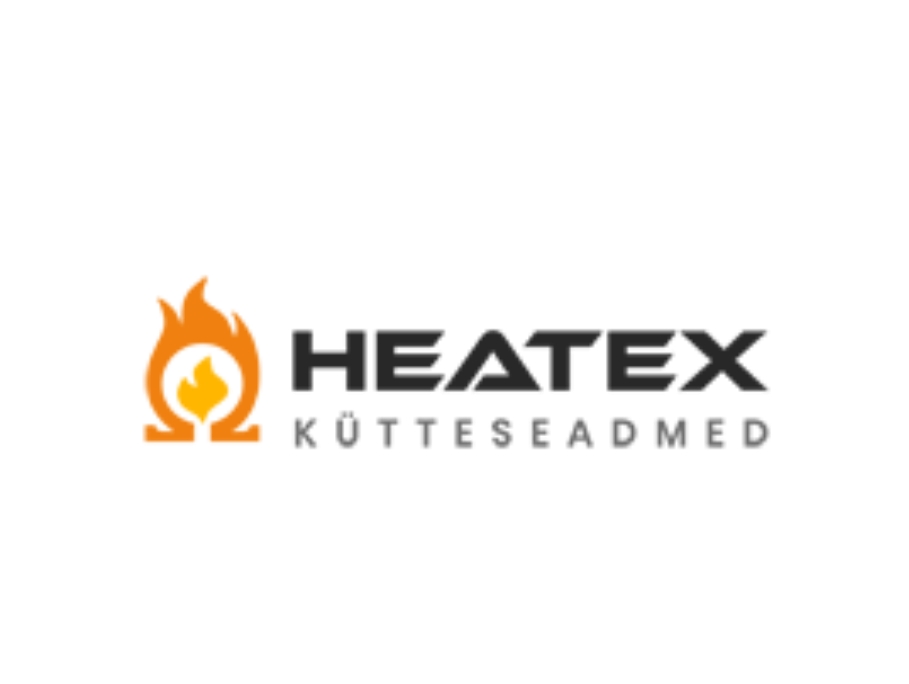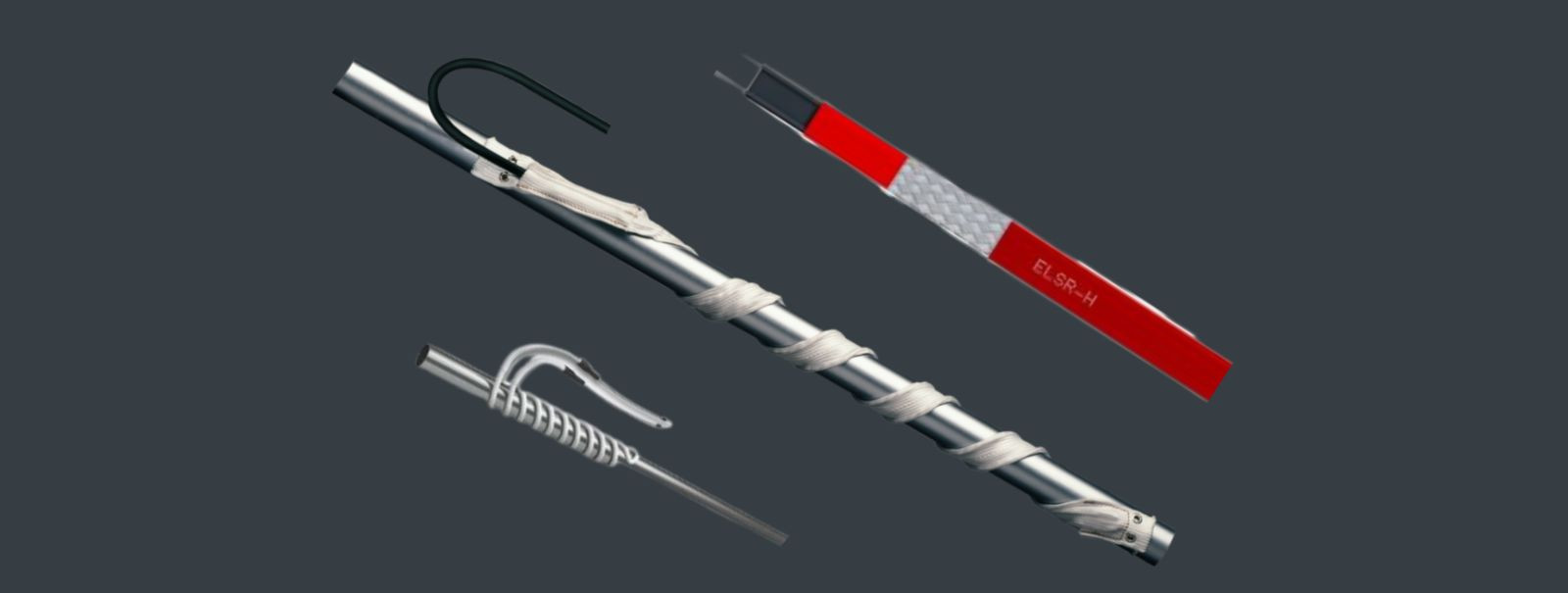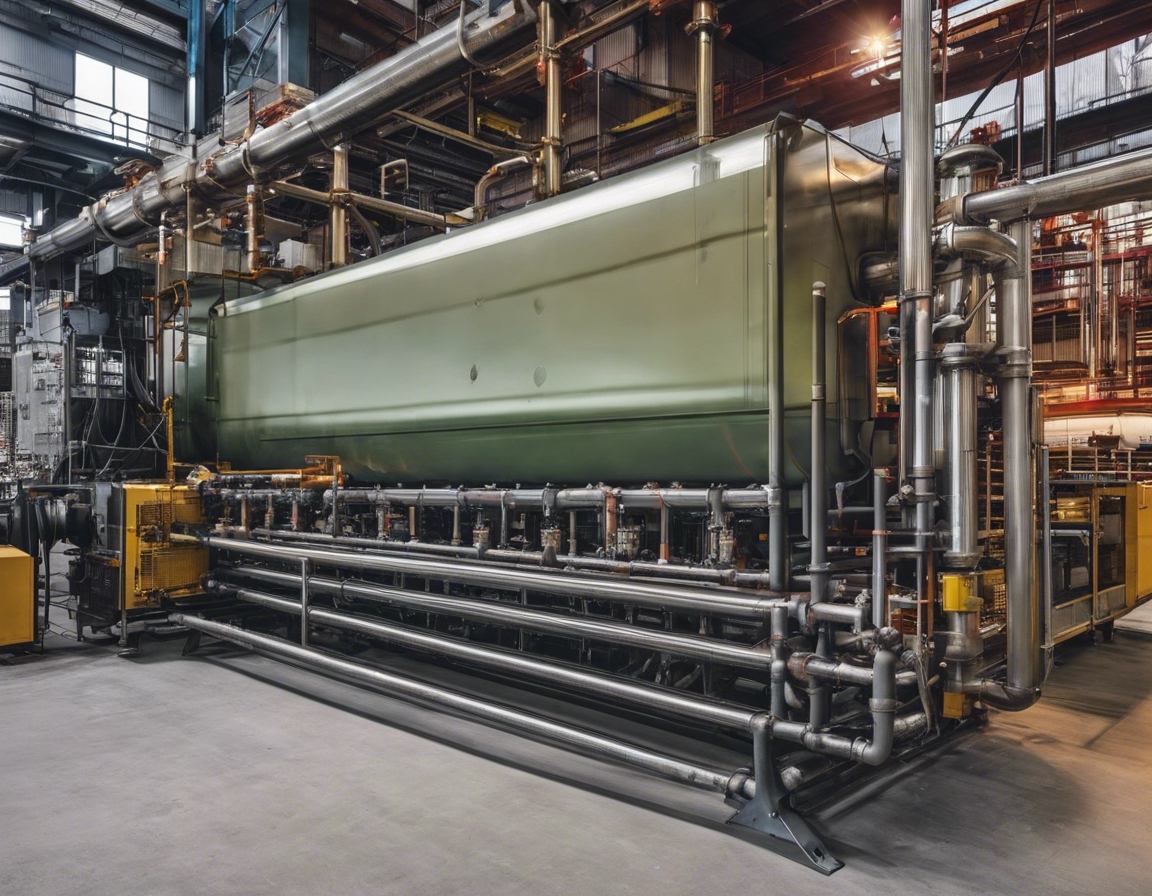The ultimate guide to choosing the right heating cable
Heating cables, also known as heat trace cables or heat tape, are an essential component for managing temperatures in a variety of applications. These cables are designed to prevent pipes from freezing, maintain process temperatures, and provide comfort heating in residential and commercial spaces.
There are several types of heating cables available, each suited for specific applications and environments. Understanding the differences is crucial for selecting the right product for your needs.
Factors to Consider When Choosing a Heating Cable
Identifying the primary use of the heating cable is the first step in the selection process. Whether it's for freeze protection, process temperature maintenance, or floor heating, the application will dictate the type of cable required.
The temperature range needed for your application will influence the choice of heating cable. It's important to consider both the minimum and maximum temperatures that the cable will need to withstand.
The environment where the cable will be installed plays a significant role in the selection process. Factors such as exposure to chemicals, moisture, and mechanical stress must be taken into account.
The length of the heating cable and its wattage are interdependent. Calculating the correct length and wattage is essential for effective and efficient heating.
Energy efficiency is a key consideration for both environmental and cost-saving reasons. Selecting a heating cable that balances upfront costs with long-term savings is important for our target audience.
High-quality materials and construction are vital for the longevity and reliability of a heating cable. Durability ensures that the cable can withstand the demands of its application over time.
Choosing a heating cable with the appropriate control and regulation features is essential for maintaining the desired temperature and ensuring safety.
Compliance with safety standards is non-negotiable. Heating cables should meet local and international regulations to ensure safe operation.
Understanding Different Heating Cable Technologies
Constant wattage cables provide a fixed output and are suitable for a variety of applications. They are simple to install but may require more energy to operate.
Self-regulating cables adjust their power output based on the surrounding temperature, offering energy savings and preventing overheating.
Series resistance cables are designed for long circuit lengths and high-temperature applications, making them ideal for industrial use.
Zone heating cables are designed to provide targeted heating in specific areas, which can be more efficient in certain applications.
Installation Tips for Heating Cables
Proper preparation is key to a successful installation. This includes calculating the required cable length, wattage, and ensuring all materials and tools are ready.
Following best practices during installation can prevent issues and ensure the heating cable operates effectively. This includes adhering to manufacturer guidelines and local codes.
Regular maintenance is crucial for the longevity of a heating cable. Understanding common troubleshooting steps can also help address any issues that may arise.






Comments (0)